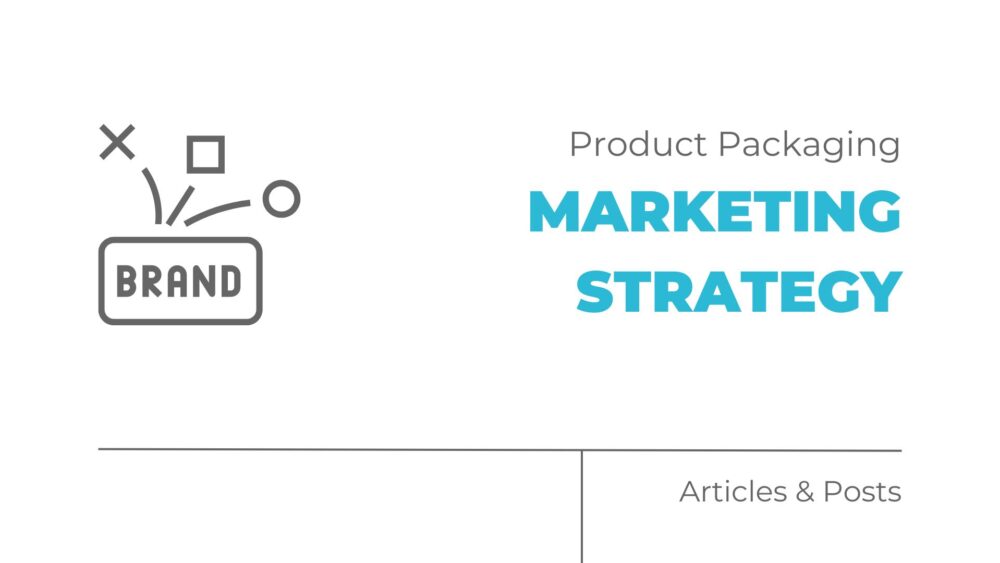When it comes to launching a new product, every aspect counts, especially the packaging.
Think about it: your product’s packaging is the first thing your potential customers see on the shelf, online, or in advertisements.
Is product packaging a marketing strategy?
Yes, product packaging is indeed a marketing strategy.
Yes, product packaging is indeed a marketing strategy.
It serves as a visual and tactile representation of a brand’s identity, values, and unique selling points, influencing consumer perception, purchasing decisions, and brand loyalty.
Let’s talk more about product packaging and marketing.
How is Packaging a Marketing Strategy?
Effective packaging does more than just hold your product; it communicates your brand identity, values, and promise.
It tells a story that hopefully resonates with your target audience, creating an emotional connection that goes beyond the physical product itself.
Consider the iconic Coca-Cola bottle.
Its distinct shape and classic red label evoke feelings of nostalgia and refreshment, making it instantly recognizable worldwide.
That’s the result of a carefully crafted packaging strategy that has stood the test of time.
The Role of Packaging in Marketing
Packaging isn’t just a container for your product; it’s a powerful marketing tool that can make or break your success in the marketplace.
Here’s why:
- Brand Recognition: Consistent and distinctive packaging helps consumers identify your brand amidst a sea of competitors.
- Differentiation: In a crowded market, unique packaging sets you apart and gives you a competitive edge.
- Consumer Perception: Quality packaging signals to consumers that your product is worth their time and money.
- Emotional Connection: Well-designed packaging evokes emotions and fosters a deeper connection with your brand.
- Purchase Influence: Studies have shown that packaging significantly influences purchasing decisions, with many consumers making impulse buys based on packaging alone.
How do you write a Packaging Strategy?
Writing a packaging strategy is akin to crafting a compelling narrative for your product.
It’s about understanding your audience, defining your brand voice, and articulating the unique value proposition of your product.
Here’s how you can do it:
1. Know Your Audience:
Before you even think about design, research your target market.
What are their preferences, values, and pain points?
Tailor your packaging to resonate with their needs and desires.
2. Define Your Brand Identity
Your packaging should reflect your brand’s personality and values.
Whether you’re going for quirky and fun or sleek and sophisticated, ensure consistency across all touchpoints.
3. Highlight Your Unique Selling Points
What sets your product apart from the competition?
Whether it’s eco-friendliness, superior quality, or innovative features, make sure your packaging communicates these benefits loud and clear.
4. Consider Functionality
While aesthetics are important, don’t forget about practicality.
Your packaging should be easy to use, transport, and store, enhancing the overall customer experience.
5. Tell a Story
Every great product has a story behind it.
Use your packaging to weave a narrative that captivates and engages your audience, and leaves a lasting impression.
At the End of the Day
Packaging is the silent salesperson of your product, working tirelessly to attract, engage, and convert customers.
So, if you’re serious about success in the marketplace, don’t underestimate the power of professional packaging designers.
They’re not just creating boxes; they’re crafting experiences that sell.
Feel free to call our Atlanta office if you need help with packaging or any other graphic design.
We love helping your brand win in your industry!


Comments are closed.